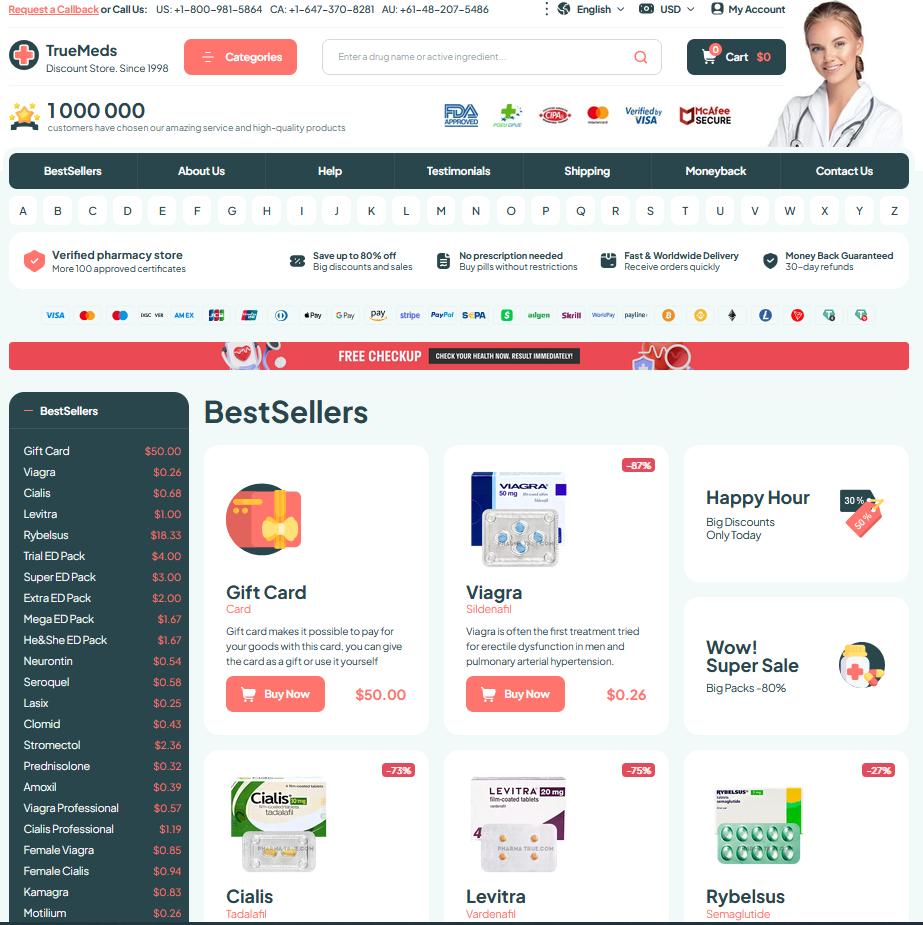Click HERE To Buy Accutane Online ↓
 Accutane and Mental Health: Assessing the Evidence
Accutane and Mental Health: Assessing the Evidence
Understanding Isotretinoin: How It Works Biologically
Many patients describe isotretinoin as a turning point: a small pill that transforms oily, inflamed skin into clearer tissue over months. At its core this transformation stems from powerful retinoid signaling. Isotretinoin is a vitamin A derivative that, once converted to active metabolites in skin cells, binds nuclear retinoic acid receptors and alters transcriptional programs. Those shifts change how sebaceous glands behave, how keratinocytes mature, and how inflammation resolves.
Functionally, isotretinoin reduces sebaceous gland size and sebum output, limits follicular hyperkeratinization that clogs pores, and diminishes bacterial proliferation indirectly by changing the follicular environment. It also modulates inflammatory cytokine production and promotes apoptosis and normalization of epithelial differentiation. These combined cellular effects explain rapid reductions in comedones, pustules and nodules, and why treatment courses—though finite—can produce long-lasting remissions for many people while requiring careful monitoring for known systemic side effects.
| Target | Primary effect |
|---|---|
| Sebaceous glands | Reduced size & sebum |
Reviewing Evidence: Depression and Suicide Research Findings

Patients and clinicians recount stark stories linking accutane to mood shifts, and researchers have pursued answers across case reports, cohort studies, randomized trials, and meta-analyses. Results are heterogeneous: some observational studies detect increased rates of depression or suicidal behavior, while many clinical trials and pooled analyses find no clear causal signal. Temporal associations appear in a minority of cases.
Methodological limitations—confounding by acne severity, short follow-up, and rare outcomes—complicate interpretation, so absolute risk appears small. Clinicians should weigh accutane’s clear dermatologic benefits against potential psychiatric signals, screen history of mood disorders, and monitor patients closely. Continued large, well-controlled studies are needed to clarify risk and guide informed, patient-centered decisions and involve patients in shared decision-making.
Mechanisms Proposed: Brain Chemistry, Inflammation, Sleep
Patients describe fogginess and mood shifts after starting accutane, prompting researchers to explore neurotransmitter changes. Animal and human studies suggest altered serotonin signaling might underlie emotional variability in some individuals.
Inflammatory markers sometimes rise with treatment, offering a plausible link to behavioral changes. Microglial activation and cytokine cascades could influence motivation and reward pathways, though findings remain mixed in humans.
Sleep fragmentation during therapy may worsen mood by undermining resilience and cognitive control; clinicians should monitor sleep, educate patients, and adjust treatment promptly and collaboratively if concerning changes appear swiftly.
Assessing Study Quality: Bias, Confounders, Sample Sizes

When evaluating research on accutane and mental health, readers must look beyond headlines to study design, sample size, and potential biases. Small cohorts can produce unstable results, while retrospective analyses may miss baseline mood disorders. Publication bias favors striking associations, and conflicts of interest can subtly color interpretations. Clear reporting of inclusion criteria, follow-up duration, and statistical adjustments helps determine whether an observed link is credible or likely confounded today.
Robust studies use prospective designs, sufficient power to detect modest effects, and control for confounders like prior psychiatric history, medication use, and severe acne severity. Sensitivity analyses and pre-registered protocols reduce selective reporting. Meta-analyses that combine heterogeneous small trials may still mislead if heterogeneity and publication bias are ignored. Clinicians interpreting the literature should weigh methodological rigor over sensational claims and advocate for higher-quality trials to resolve lingering uncertainty urgently.
Clinical Guidance: Screening, Monitoring, Risk Management Strategies
Clinicians should begin with a candid, collaborative assessment: ask about prior mood disorders, suicidal ideation, sleep disturbance, substance use, and recent stressors before prescribing accutane. Use validated baseline screens (PHQ-9, GAD-7), document consent conversations, and establish emergency contacts. Framing discussions as routine lowers stigma and encourages honest reporting.
Schedule regular follow-ups at one month, then monthly or as clinically indicated, to reassess mood, sleep, and suicidality; repeat screening instruments and ask open-ended questions about function and side effects. If new or worsening symptoms emerge, consider pausing treatment, urgent psychiatric evaluation, or intensifying psychosocial supports; never dismiss patient reports. Maintain clear communication with dermatology, primary care, and mental health providers, create a written safety plan with crisis numbers, and document all decisions. Shared decision-making empowers patients and balances accutane’s dermatologic benefits against potential mental health risks. Offer written resources and follow-up.
| Action | When |
|---|---|
| Baseline screening | Before start |
| Routine check-ins | 1 month, monthly |
| Escalation plan | Any concerning symptoms |
Balancing Benefits and Risks: Patient Stories and Statistics
A young patient describes near-daily social withdrawal before treatment; after isotretinoin, scarring cleared and confidence returned. Clinical studies report about 70 to 85 percent achieve long-term remission, highlighting substantial benefits for severe acne often dramatically.
Others recount mood shifts or worsening depression during treatment, reminding clinicians that individual responses vary. Large cohort analyses generally show no consistent suicide risk increase, though rare serious cases justify vigilant monitoring and follow-up care.
Clinicians should practice shared decision-making, explaining probable benefits and low-incidence harms. Quality-of-life measures often improve after clearance, while a minority experience significant psychiatric symptoms — careful consent, documentation, and personalized follow-up mitigate these risks for patients.
Population registries and case reports together remind us that anecdotes coexist with population-level data. Emphasizing absolute risk, transparent communication, and easy pathways for reporting side effects helps patients make informed choices and seek help early.



